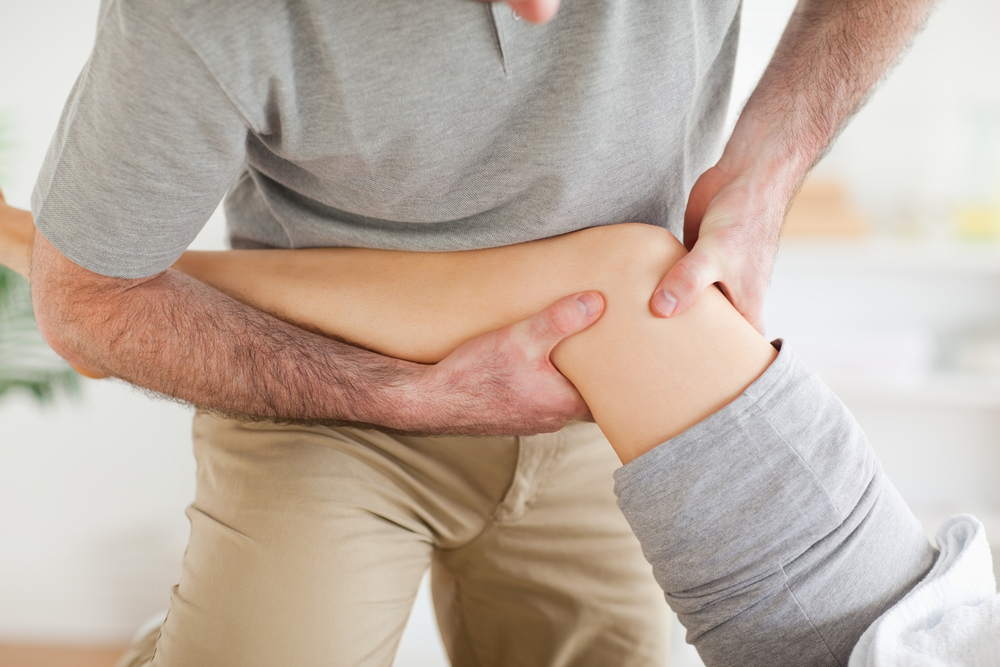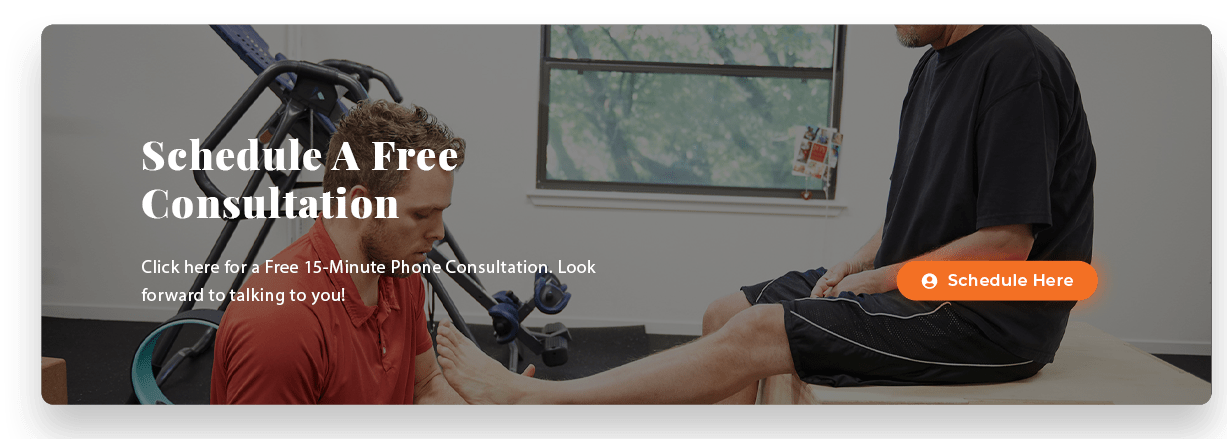Coping With Covid-19 While Staying Fit
“Time and health are two precious assets that we don’t recognize and appreciate until they have been depleted.” – Denis Waitley
It has become quite obvious that going to gyms and fitness clubs, even if you still can, may not be the best idea right now. The ongoing global crisis of the novel coronavirus COVID-19 has created barriers and limitations to many otherwise normal activities.
Alternatives for Staying Fit
For most people across the country, going to their gym is not an option now and for the foreseeable future. In states like California, “stay-at-home” orders make this a certainty. So, the question for those who have relied on both the equipment, facilities, and community of health clubs, fitness centers and gyms, the alternatives seem bleak.
And much of this is because we like to work out with others. Working out alone? Not so much.
According to a recent article at Forbes,
“Across the country fitness clubs and gyms have closed in an effort to stop the spread of COVID-19. For many people this is much more than just missing a workout as fitness routines have been proven to reduce stress as well as being a social outlet.
Trying to exercise at home often isn’t the same.
‘Whether it’s getting into the gym, yoga studio, or just out for a run, we all do a little better with the help of a friend,’ suggested technology industry analyst Josh Crandall of Netpop Research. ‘They push us, they propel us and they help us stay on track with working out.’
Fortunately, the need to engage in social distancing doesn’t mean that people need to be completely cut off from one another.
‘Nowadays, these friendly encouragements are still coming,’ added Crandall. ‘They just now come through email, text and a telephone call. But, what is one to do? You can’t just go to the gym, it’s closed. Yoga studios, closed.’”
But there are positive alternatives thanks to social media and technology.
Social media can be a great option for those who feel isolated and alone while trying to maintain their workout and exercise regimens.
The Forbes article goes on to note that,
“’Many fitness instructors have become influencers over the last few years,’ explained Crandall. ‘The amount of instructional videos available on YouTube and other online sources is fabulous. If your thing is skiing, there are specialized videos for conditioning. If you are into long cross-training, there are videos available to help you ‘hack’ your home for the tools you’ll need to maintain your edge. Most of the content is free, with ads, but if you tune into somebody who you really like, they may offer remote ‘live’ sessions for a small fee, or have a strict regimen of videos that can provide a structured routine for more than just one session.’”
In addition to accessing online content online, online technology also provides options for in-home video conferencing that can allow small groups of like-minded fitness participants, or friends who typically work out together, to hold group exercise sessions.
Getting Creative In the Face of Coronavirus
Not everyone who wants to stay fit and healthy makes use of fitness facilities or gyms. And not everyone participates in activities like CrossFit, for example. However, everyone needs to find ways to keep fit and active while being “safe at home.”
A blog post at MedstarHealth.org offers tips for staying active during the COVID-19 pandemic.
Exercise outdoors.
Consider hiking a new path or trying a water-based activity like kayaking. Younger athletes can also benefit from outdoor play by themselves or in small groups.
Exercise by yourself, with a friend, or in small groups of less than 10.
Choose activities that allow you to maintain an appropriate distance between each other, such as hiking or biking. Do your best to minimize direct contact.
Engage in non-contact activities that allow spacing of 6 feet between participants.
Social distancing guidelines recommend maintaining six feet of space between people, and there’s plenty of activities that allow for this, such as biking or tennis.
Rethink recess.
With children home from school, don’t forget recess. Physical activity is important and helps children not only with fitness, but with mental focus and concentration as well.
Exercise using your body weight.
Using your own body weight can be an effective way to maintain strength and aerobic health. Bodyweight workouts can incorporate a variety of movements that don’t require equipment.
We tend to love our equipment, but keep in mind that there are many exercises that are “no-equipment-required“ and can be performed in small spaces such as living rooms and bedrooms. These include squats, sit-ups, push-ups, burpees, planks and mountain climbers.
In fact, maintaining a sufficient amount of physical activity doesn’t require the level of workout you might get in a gym. Research has shown that even activities such as walking, yard work, and gardening can improve your general health and reduce your risk of premature death.
Staying Home, Staying Healthy and Staying Pain-Free
Are you in pain after working out? It may well be that you really are “overdoing it.” We invite you to call for an appointment and, during your initial consultation and assessment at Pain and Performance Solutions, we will learn all we can about your present pain and condition, along with any history of discomfort, as well as your current level of activity.
Treating and relieving your pain starts once we understand where and how your pain started. A full examination will help us determine which form of treatment is best suited to get you on your road to recovery. Your trust in us is key, as is your honesty. Ultimately, getting your body healthy and working properly is the only way to achieve total recovery.
Our goal is to work through the sequence of pain and dysfunction in order to get your body healthy and working properly and to achieve total recovery. Don’t hesitate to reach out. We are here to help and will answer any questions that you may have. You can reach us at (707) 636-4404 or by filling out our online contact form.
Frequently Asked Questions
1. How can I stay fit without going to the gym during COVID-19?
Staying fit without a gym during COVID-19 is simpler than you might think. You can use bodyweight exercises such as squats, push-ups, and planks that require no equipment. Outdoor activities like walking, hiking, or cycling are also great ways to stay active while maintaining social distance. According to the CDC, even 150 minutes of moderate exercise per week, like brisk walking, can reduce health risks .
2. What are some COVID-19-safe alternatives to group fitness classes?
Many fitness enthusiasts miss their group classes, but virtual group workouts have exploded in popularity. You can join live online classes via platforms like Zoom or follow along with pre-recorded sessions on YouTube. Some instructors even host virtual sessions for a small fee, offering everything from yoga to HIIT routines .
3. How can I stay motivated to work out at home during the pandemic?
Staying motivated can be tough when you’re stuck at home. One trick is to set specific fitness goals and track your progress. You can also stay accountable by scheduling virtual workouts with friends or joining online fitness communities for support and motivation. According to Forbes, fitness routines are also great for reducing stress and maintaining social interaction .
4. Can outdoor activities help me stay fit while social distancing?
Absolutely! Outdoor activities like running, cycling, or even paddleboarding are perfect for keeping fit while maintaining social distance. These activities not only provide a great workout but can also improve your mental health. The American Heart Association recommends 150 minutes of moderate-intensity exercise per week, which can be easily achieved through outdoor activities .
5. Are there any low-cost home fitness options during COVID-19?
Yes! You don’t need fancy gym equipment to stay in shape. Bodyweight exercises like lunges, push-ups, and burpees are effective and require no equipment. Additionally, many fitness apps offer free trials or low-cost options for guided workouts. According to Statista, the number of health and fitness app downloads surged by 46% globally in the first quarter of 2020 .
6. How can technology help me maintain my fitness during lockdown?
Technology can be your best friend when gyms are closed. Fitness apps, YouTube tutorials, and virtual workout sessions can help you stay fit from home. Popular apps like Nike Training Club and Peloton offer free classes or affordable subscriptions, keeping you connected with your fitness goals .
7. Can I maintain my fitness level by walking or doing yard work?
Yes, even everyday activities like walking or yard work contribute to your fitness. According to Harvard Health, activities like brisk walking, gardening, and household chores can improve cardiovascular health, reduce stress, and strengthen muscles . So, don’t underestimate the power of daily movement!
 8. How can I include my kids in fitness activities during COVID-19?
8. How can I include my kids in fitness activities during COVID-19?
Involving kids in fitness is a great way to keep the whole family healthy. Activities like biking, hiking, or simply playing outside can be fun and effective. Plus, children benefit from physical activity by improving their mental focus and mood. According to the CDC, kids should get at least 60 minutes of physical activity daily .
9. Are online fitness videos effective during the pandemic?
Definitely! Online fitness videos can be just as effective as in-person classes, offering a variety of workouts for all fitness levels. Platforms like YouTube and Instagram are flooded with free tutorials, and if you prefer more structured routines, many trainers offer virtual personal training. This is an excellent way to stay fit and engaged .
10. How can I avoid over-exercising while working out from home during COVID-19?
It’s easy to overdo it when working out alone. Make sure to listen to your body and avoid pushing too hard. Rest days are essential for recovery, and if you’re experiencing pain, it may be a sign you’re overtraining. Always start slow and build up gradually to avoid injuries, according to WebMD .

